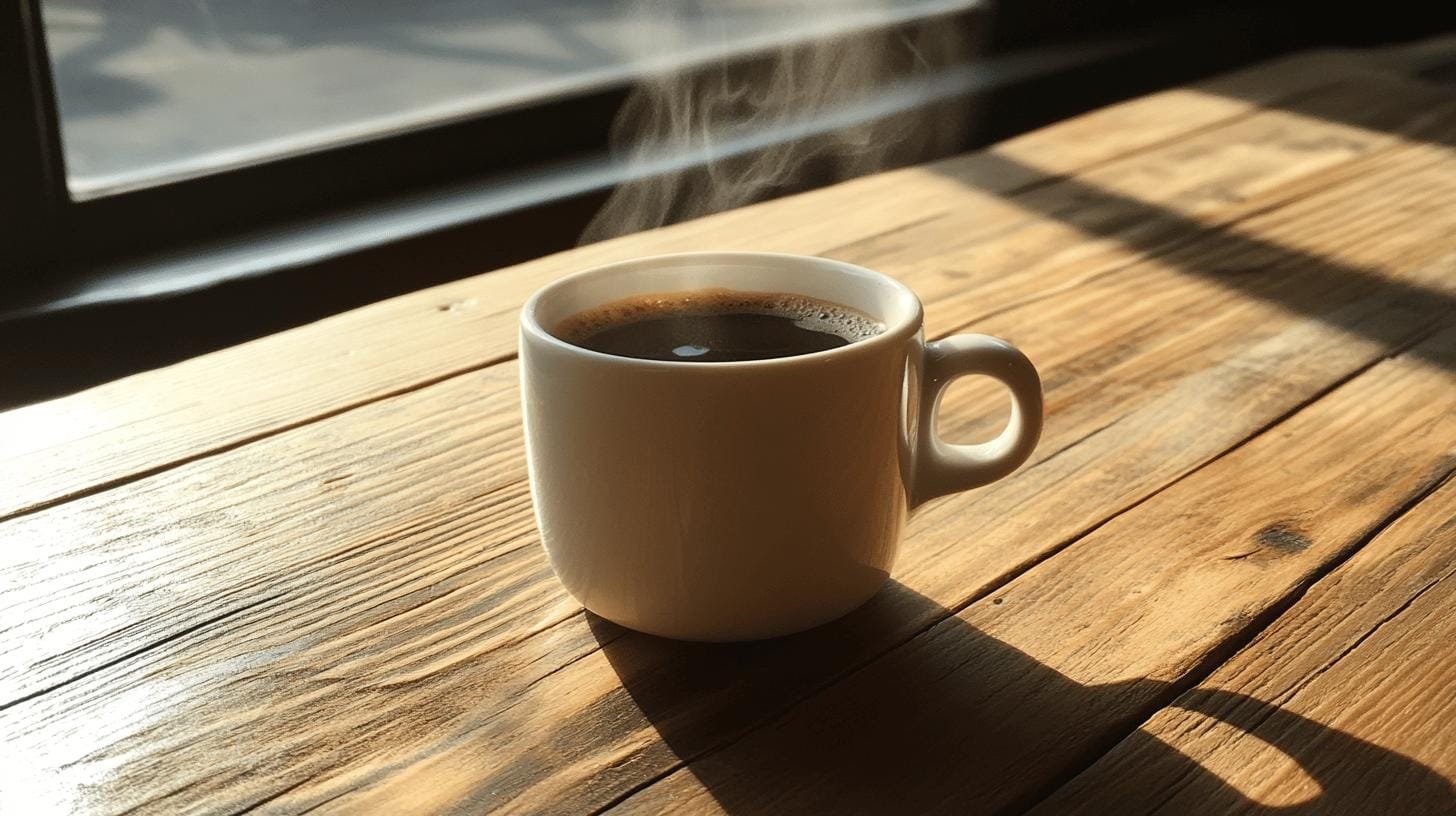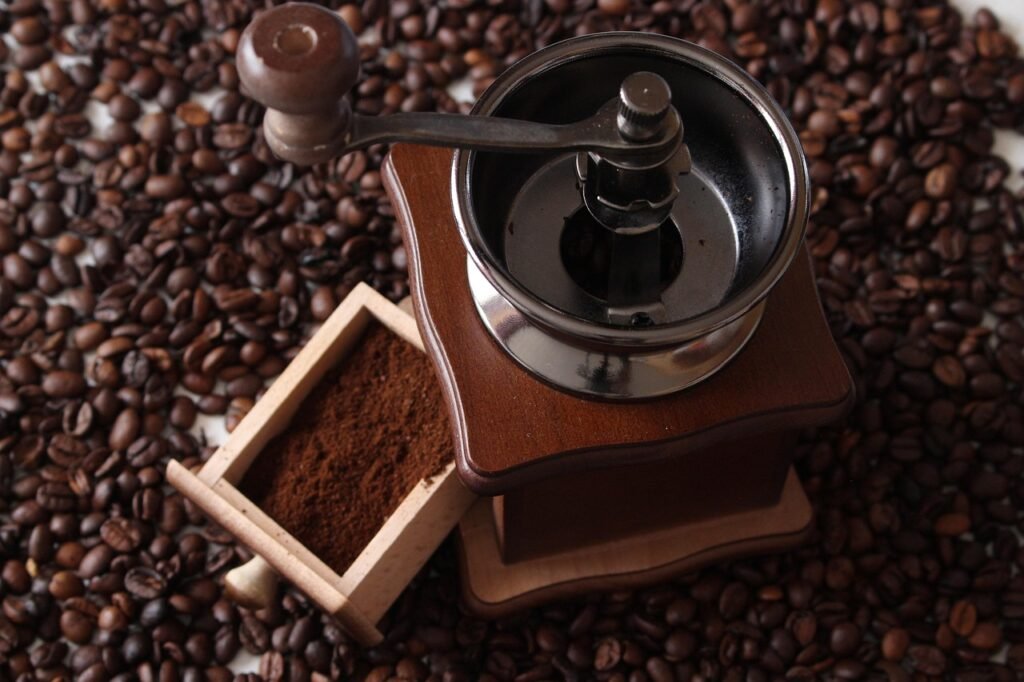Can a beloved cup of coffee be a culprit in your acid reflux woes? Many coffee lovers grapple with this possibility as they seek that perfect balance between enjoyment and discomfort.
Understanding the connection between coffee and acid reflux is essential for managing symptoms effectively. This article delves into how coffee’s acidic nature and caffeine content can impact the esophagus, often leading to heartburn and regurgitation. By exploring low-acid coffee options, home-roasting techniques, and practical tips, individuals can continue to savor coffee without the persistent burn of acid reflux.
Understanding the Connection between Coffee and Acid Reflux
Coffee can worsen acid reflux symptoms due to its acidic nature and caffeine content. These elements may relax the lower esophageal sphincter—a muscle acting as a valve between the esophagus and stomach.
When this muscle relaxes, stomach acid can flow back into the esophagus, causing irritation and discomfort. Coffee’s acidity can also boost stomach acid production, aggravating conditions for those prone to reflux.
Common symptoms following coffee consumption include:
- Heartburn
- Regurgitation.
Heartburn feels like a burning sensation in the chest, often occurring after meals or when lying down. Some people may experience regurgitation, where sour or bitter-tasting acid backs up into the throat or mouth.
These symptoms can intensify after drinking coffee, especially on an empty stomach. Coffee’s acidity and caffeine can make symptoms more frequent and severe for those sensitive to acid.
Here are five common signs that coffee may affect acid reflux:
- Persistent burning sensation in the chest or throat
- Increased frequency of a sour or bitter taste in the mouth
- Discomfort or pain that worsens when bending over or lying down
- Nausea or a feeling of fullness after drinking coffee
- Worsening symptoms after consuming acidic or caffeinated beverages
Watching for these signs can help coffee lovers identify if coffee and acid reflux are linked in their case, affecting their enjoyment of their favorite drink. Adjusting coffee habits or exploring alternatives may offer relief and minimize discomfort.
Exploring Low-Acid Coffee Options for Acid Reflux Sufferers

Low-acid coffee options are coffee varieties processed to reduce acidity, making them easier on the stomach. Lower acidity can alleviate symptoms of acid reflux.
Several brands offer pH balanced coffee for sensitive stomachs.
| Brand |
Acid Reduction |
Antioxidant Content |
| Puroast |
70% less than regular |
7 times more than green tea |
| Mommee Coffee |
Lower acid and caffeine |
Moderate |
| Tieman’s Fusion |
Low acid blend |
Contains matcha and rooibos |
The table compares different low-acid brands, showcasing their acid reduction and antioxidant benefits.
Exploring these options can help reflux sufferers enjoy coffee without worsening their symptoms.
Home-Roasting Coffee Beans: A Better Choice for Acid Reflux
Home-roasting allows control over bean type and roast level, potentially lowering acidity. By selecting naturally low-acid beans and choosing a specific roast, enthusiasts can tailor coffee to their digestive needs. This customization is helpful for those prone to reflux, letting them enjoy coffee without discomfort.
Home-roasted beans let consumers choose varieties with lower acidity. In contrast, mass-produced brands often have higher acidity. Home-roasting also preserves more natural antioxidants, which can be lost in commercial roasting. The combination of lower acidity and increased antioxidants makes home-roasted coffee a healthier option for managing reflux.
Brewing Methods for Reducing Acidity
The Toddy method, a cold brew process, is effective for minimizing acidity. It lowers oil and acid content, making it gentler on the stomach. Using a coarse grind and steeping in cold water creates a less acidic brew. This method, coupled with home-roasted beans, offers a way to enjoy coffee while managing reflux symptoms.
Practical Tips for Enjoying Coffee with Minimal Acid Reflux

Drinking coffee with food, not on an empty stomach, helps reduce reflux symptoms. Food acts as a buffer against coffee’s acidity on the stomach lining, decreasing heartburn risk. Pairing coffee with a meal or snack can offer relief and reduce irritation.
Gradually lowering caffeine can help manage reflux. This allows the body to adjust, minimizing withdrawal. Trying decaffeinated options provides a similar experience with less caffeine, offering a milder choice for those affected by caffeine.
Here are six tips for minimizing reflux when drinking coffee:
- Add milk or cream to neutralize acidity
- Sip coffee slowly
- Choose low-acid beans
- Limit to one or two cups a day
- Monitor other acidic or caffeinated drinks
- Use a paper filter to reduce oil
These strategies can help manage reflux symptoms, allowing enthusiasts to enjoy coffee and acid reflux relief without discomfort.
Alternatives to Coffee for Acid Reflux Sufferers
Cold brew and mushroom coffee are suitable alternatives to coffee to lower acidity. Cold brewing steep grounds in cold water extracts fewer acids for a smoother drink. Mushroom coffee uses ingredients like chaga or reishi for a blend reducing acidity and offering immune benefits.
Cold brew offers a smooth, mild flavor, less likely to trigger reflux. Its reduced acidity provides a comfortable drinking experience. Mushroom coffee combines earthy tastes with coffee, appealing to some. Its mushrooms may boost stress reduction and focus, adding health benefits. Both options offer a way to manage coffee and acid reflux without worsening symptoms.
Herbal Coffee Substitutes
Herbal options like chicory root or dandelion coffee offer caffeine-free choices with coffee-like taste. These provide a roasted, nutty flavor gentle on digestion, ideal for avoiding reflux triggers.
Final Words
Exploring the link between coffee and acid reflux reveals how coffee’s acidity and caffeine can exacerbate reflux symptoms. Adjusting coffee choices, such as opting for low-acid brands or considering home-roasting, can help. By selecting appropriate brewing methods, individuals can reduce acidity significantly.
Practical strategies, including enjoying coffee with meals and gradually cutting caffeine, may minimize reflux. For those seeking alternatives, options like cold brew or herbal substitutes offer viable solutions. Balancing these considerations enables coffee enthusiasts to enjoy their favorite beverage while managing acid reflux effectively.
FAQs
How to drink coffee without getting acid reflux?
To drink coffee without acid reflux, consume it with food to buffer stomach acid. Opting for low-acid coffee or adding milk can also reduce acidity.
Why is coffee giving me heartburn all of a sudden?
Coffee can cause sudden heartburn if the esophageal sphincter relaxes, allowing stomach acid to reflux. Increased sensitivity or changes in diet may also contribute to symptoms.
Best coffee for acid reflux?
Low-acid coffee, such as Puroast, is ideal for acid reflux sufferers. These brands typically offer reduced acidity levels to minimize reflux symptoms while maintaining flavor.
Can coffee cause acid reflux?
Caffeine and acidity in coffee can relax the lower esophageal sphincter, leading to acid reflux. Individuals prone to reflux should consider decaf or low-acid options.
How to reduce acid reflux?
Reducing acid reflux can be achieved by consuming smaller meals, limiting caffeine intake, avoiding spicy foods, and not lying down immediately after eating.
Does quitting coffee help with acid reflux?
Quitting coffee may alleviate acid reflux symptoms by reducing acidity and caffeine intake, relaxing the lower esophageal sphincter less frequently.













